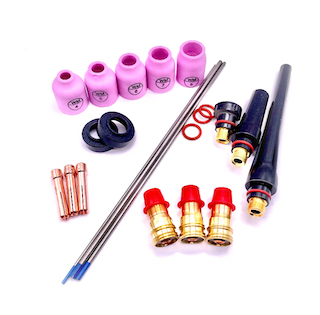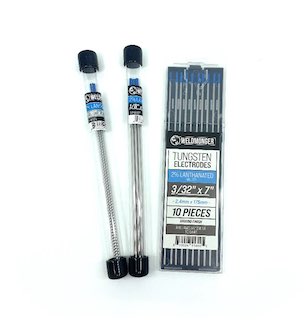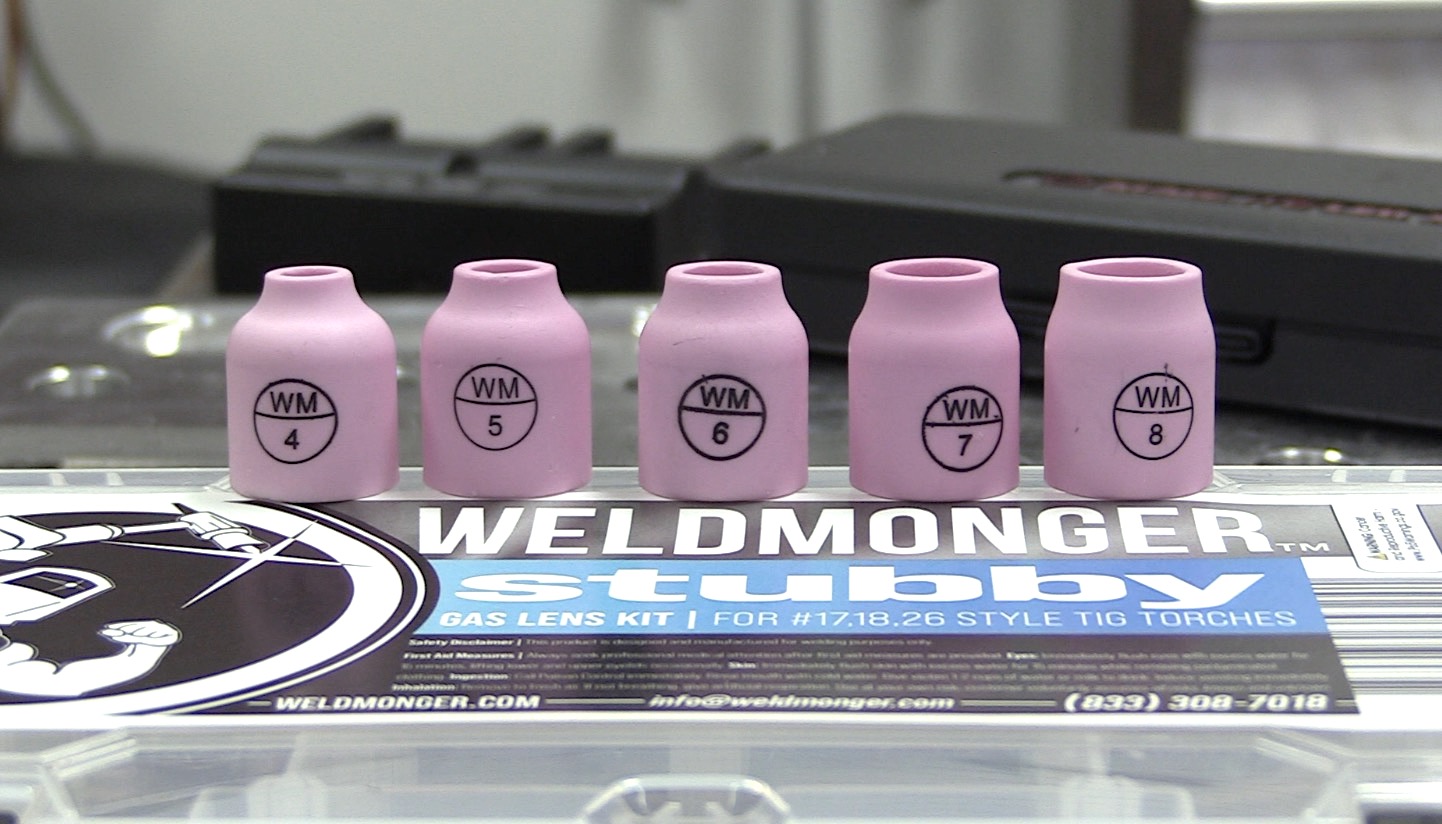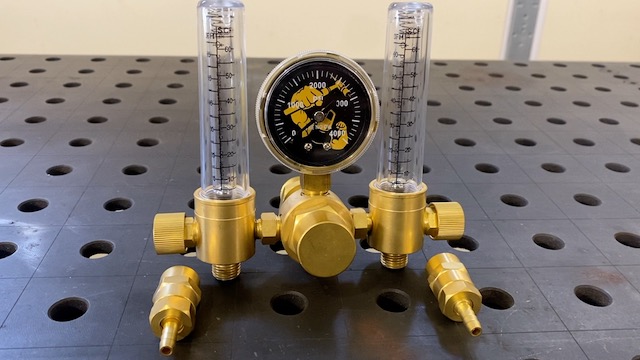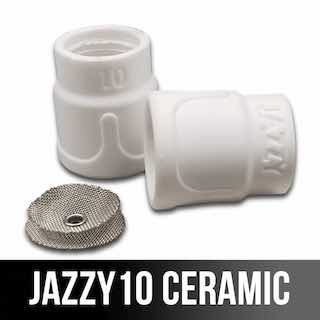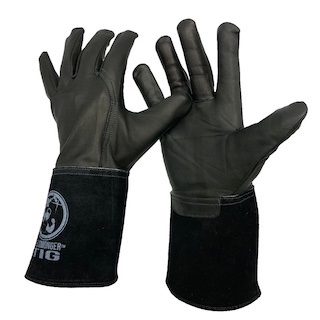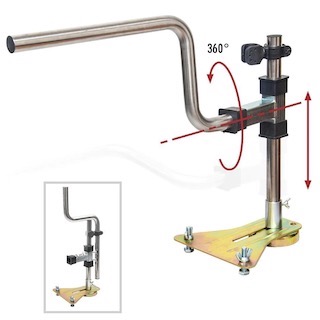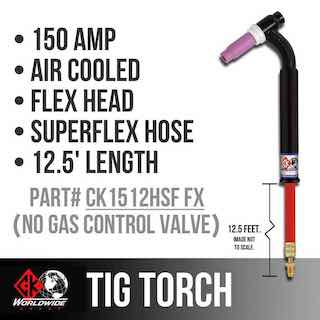Aluminum Hot Shortness,
Liquation Crackiing, and a Filler Metal Chart
Watch the latest welding videos at Weldmonger.com
Aluminum Hot shortness and liquation cracking are closely related phenomena that both occur in aluminum alloys during welding — especially in the heat-affected zone (HAZ) — and they both involve partial melting at grain boundaries.
Here's how they relate and how they differ:
Hot Shortness – What is it? and Why it matters
Hot shortness refers to the loss of ductility and strength in a metal at elevated temperatures. It’s not a crack itself, but rather a condition that makes the metal more likely to crack under thermal or mechanical stress.
In Aluminum Welding:
- Certain aluminum alloys contain elements that can form low-melting eutectics at grain boundaries. ( What is a Eutectic? Read about it here)
- When the metal is heated during welding, these eutectics begin to melt before the rest of the metal.
- This leaves the material structurally weak at the grain boundaries, even though the metal hasn't fully melted.
- If stress is applied (from weld shrinkage, restraint, or thermal expansion), the metal may tear apart—this is cracking due to the condition called "hot shortness".
Liquation Cracking – The Result of Hot Shortness
Liquation cracking is the actual cracking failure that occurs when those weak, partially-melted regions in the HAZ cannot withstand thermal or mechanical stress.
In Simple Terms:
- Hot shortness = the brittle condition in the HAZ due to partial melting
- Liquation cracking = the actual crack that forms because of that condition
What Happens:
- The weld heats the surrounding metal.
- Certain grain boundary phases melt at lower temperatures (liquate).
- The region becomes weak and can’t hold up as the weld pool solidifies and contracts.
- The crack initiates and propagates along these liquated zones.
How to Prevent Both:
- Use filler metals that reduce cracking risk (e.g., ER4043 or ER4943 for 6061).
- avoid full or near full penetration on highly stressed aluminum fillet welds
How do you choose a filler metal for aluminum?
The short answer would be to use an Aluminum filler metal chart.
Sometimes choosing a filler rod that is the closest match for the base metal is sound practice …but not always.
For example, 6061 is not welded using a 6061 filler metal.
In fact, 6061 filler rod is not readily available because it cracks so easily.
Instead, 6061 is either welded using 4043, 5356, 4643, or the newer 4093….(and maybe one or two other choices depending on desired result.)
If you check out aluminum filler metal charts you will see that both 4043 and 5356 are ok for welding 6061 aluminum...but you will find a few footnotes.
Always read the foot notes when it comes to welding documents.
For example, for welding a 6061 alloy, the chart might specify 5356 filler rod for the best strength for a fillet weld.
But then the footnotes read that if the part will see prolonged service temperatures above 150F then 4043 would be a better choice.
But wait, another issue is whether the part will be anodized after welding in which case 4043 filler rod will turn black or gray after anodizing but 5356 will be a better color match.
The filler metal charts and aluminum guides from manufacturers like Hobart or Esab typically state that 4043 provides a better bead appearance than 5356.
But I think you have to weigh personal experience in the equation along with what a technical document states.
For example, I know really good TIG welders who almost alway choose 5356 over 4043 because of better bead appearance.
My good friend Brad Goodman (@deepsouthdimestacker) on IG, sells aluminum dog feeders. Brad chooses 5356 TIG rod because he can get a better looking weld without the grainy dull look you sometimes get with 4043 TIG rod.
I was doing a bit of research on this topic and wound up visiting several welding forums.
I saw posts from one particular seasoned veteran welder who swore he got better results using 5356 on aluminum cylinder race car heads than any other filler metal.
And not just that they welded better…but the cylinder heads performed longer too.
But wait. Don’t those aluminum filler metal charts state that you shouldn’t using 5356 for high temp applications?
And don't Aluminum Cylinder heads reach temps over 150F.
Of course plenty of other forum members chimed in to tell the guy how bad an idea it is to use 5356 on a silicon based casting like a cylinder head.
But he insisted he was taught that 5356 worked best and he stuck with it.
All this to say I think it’s a good idea to consult a filler metal chart but also a good idea to listen to old timers and experienced welders to what they have experienced.
Here are 2 links to aluminum filler metal selection charts.
https://www.washingtonalloy.com/wp-content/uploads/2020/12/aluminum-selection-chart-.pdf
https://www.hobartbrothers.com/downloads/aluminum_selecti_1lOo.pdf





